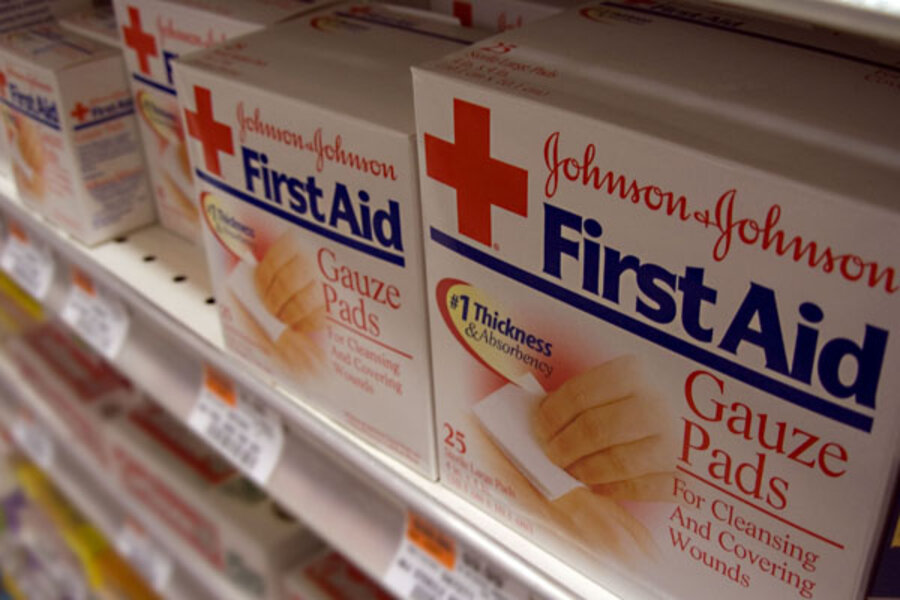How large should your emergency fund be?
Loading...
One common question I get from readers relates to the size of their emergency fund. Simply put, how big should it be? How much cash should they have saved in their savings account for those unexpected events life deals you?
Before we even get started, it’s important to note that there are a lot of different theories and ideas about how big an emergency fund should be. The ideas that follow are largely based on my own experience and from the many stories that readers have shared with me over the years.
Also, never, ever have an emergency fund that consists of a credit line. Your credit card is not an emergency fund. A line of credit is given to you by a bank and they have the power to revoke that line of credit or reduce it, often at the very moment when you’re facing an emergency and need that money. Do not rely on it. It is not an emergency fund.
First of all, no matter what your situation, you should strive to have $1,000 in your savings account. If you’re trying to pay down debt, switch to minimum payments for a while and build up this level of cash on hand.
$1,000 covers the vast majority of the emergencies we face in life. It can handle most car repairs. It can handle many medical emergencies, particularly if you’re insured with a deductible of $1,000 or less. It can handle lots of smaller situations that you didn’t quite expect.
If you have high-interest debt, pay that off before building your emergency fund beyond $1,000. I would define high-interest debt as being any debt with an interest rate above 10%. If you are carrying a debt with an interest rate at that level, you need to get rid of that debt. It’s seriously hurting your finances if you let it continue to sit there and accumulate interest.
If you have only low interest debts, I would move that emergency fund up to two months of living expenses for your family. I would consider two months of living expenses to be the base level of money I would keep in your emergency fund.
What exactly is two months of living expenses? Sit down with your checking account and figure out how much you spend in an average month. The best way to do this is to add up all of your spending over the last year – all of it – and divide by twelve. That will give you your average spending for a month. Multiply that by two and you have two months of living expenses.
Of course, if you’re ever in a desperate pinch, you’ll probably cut your spending somewhat and the money will last longer than that. That’s fine, but you never want to assume how your future self spends money.
If you have dependent children, I would add another month of living expenses to your emergency fund for each dependent child. Of the items here, this is the one that I would most describe as personal opinion. Simply put, when you have young children, you need to do what you can to maintain a stable household for them. Children thrive in a stable environment. One big tool for maintaining that stable environment is a very healthy emergency fund.
Don’t invest your emergency fund money into anything that might lose money. Many people are disappointed in the returns that a savings account gives and want to put their money into other investments with a higher potential return. However, investments that offer a better return tend to lose one (or both) of the two key factors that make savings accounts perfect vehicles for emergency funds. Savings accounts don’t have the risk of losing money over time (often at the moment when you need the money) and savings accounts are highly liquid, meaning you can withdraw the money whenever you need it without penalty.
Yes, stocks might outperform a savings account over a long period of time, but on a given day, stocks can very easily be down significantly, which means that you may not have adequate resources during the very emergency when you need it. If you put money into something like CDs, where you’re not at risk of a loss and get a better return, you face the liquidity problem in that you can’t withdraw the money without penalty at the moment you need it. Stick with savings accounts for this purpose.
When you do choose to use your emergency fund, your first priority should be to replenish it once you’re back on your feet. This might mean turning off other savings plans or investing plans for a bit as you replenish, but this needs to be done as quickly as possible to protect yourself against subsequent emergencies.





